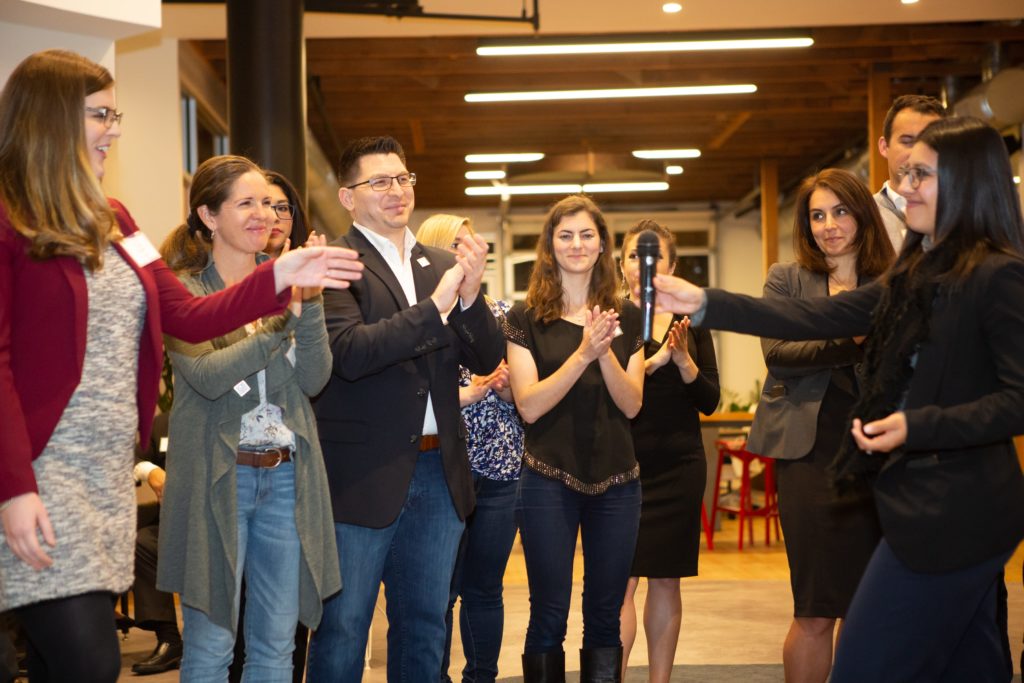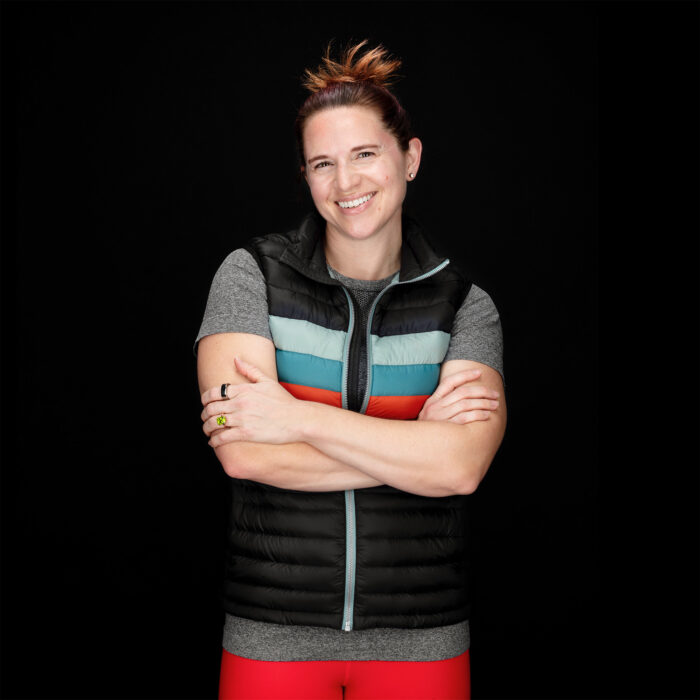Leading From Within, a Santa Barbara-based nonprofit committed to empowering and connecting community leaders, has…
Organizational Lifecycles

by Ken Saxon, Leading From Within Board Chair
When I was building a business, one of the more powerful and trustworthy frameworks I came across for understanding growth in an organizational venture was Corporate Lifecycles. This idea applies something like the human developmental framework (through infancy, childhood, adolescence, adulthood and old age) to growing collective enterprises (including nonprofit organizations).
According to the theory, organizations (like all living organisms) have a lifecycle and undergo very predictable patterns of behavior as they grow and develop. At each new stage of development, an organization is faced with a unique set of challenges. How well or poorly we address these challenges in the transition from one stage to the next has a significant impact on the success or failure of the organization.
A few years back I was pleased to find a great book that applied Adizes’ Lifecycle framework specifically to nonprofit organizations – Nonprofit Lifecycles: Stage-Based Wisdom for Nonprofit Capacity by Susan Kenny Stevens. Stevens’ book clearly articulates seven developmental stages, and the predictable changes organizations must make to successfully advance (in things like staff leadership, board governance, operational systems, finances and fundraising). You can take a peek at her core framework chart at this link.
This Lifecycle framework helps to explain one of the great paradoxes of management – why does organizational success often feel so bad? Instead of everyone being happy with this success, it’s often the case that employees feel restless and agitated, that systems often break down, and that problems emerge at an accelerated rate during times of growth and transition.
A primary contribution of an organizational Lifecycle framework is reframing such problems as normal and desirable, and as the natural result of change and growth. If you are not experiencing problems, then you’re probably not changing. And in general for organizations – whether in business or the social sector – a lack of change eventually leads to failure.
I’ve noticed nonprofit leaders, at both the staff and board levels, often experience these kinds of “growing pains” as bad and surprising. Yet the Lifecycle framework proposes that these challenges are often the natural result of success and growth, which then vault us into a different stage of development. This new stage requires new ways of doing things.
A second key concept here is that such developmental challenges are predictable. As a nonprofit moves from a Founder Stage to a Growth Stage to a Mature Stage, one can diagram with some precision the foreseeable problems that will emerge and the changes that will be required. For instance, a nonprofit board of directors tends to look very different in the Founder Stage than in the Mature Stage, as the demands on the board are very different. A nonprofit can’t get from one stage to the other without changing who is on its board and what is being asked of them.
Or what about Finance? When a nonprofit is young, it’s all about raising the dollars to keep one’s programs going, and assuring cash flow so you can pay your bills. But as the organization becomes larger and more complex, other policies and processes are needed – such as an operating reserve policy, formal financial controls, and outside financial validation, like audits. It becomes critical to diversify funding streams and to expand earned income where possible. These are much higher-level financial challenges than the organization faced when it was younger, and it needs to find staff and board and outside advisors who can help it navigate these new challenges.
Stevens writes that there are a number of predictable places where a nonprofit may get stuck for a while. One of these challenging spots is when an organization comes to the Growth Stage. “This is when the realization begins to hit that you have nowhere near enough internal capacity – staff, money, systems, maybe even governance capabilities – to take advantage of the opportunities at hand.”
This is where we at Leading From Within find ourselves today. We announced last month a critical decision to address this developmental challenge – to move for the first time in our history to hire a full-time, on-site Executive Director. (As we said then, our half-time ED Carrie Randolph declined this full-time opportunity. You can read her letter here.) By reflecting on Stevens’ organizational lifecycle framework, our Board has determined that in our search for our new executive leader, we are seeking someone who can help lead us through the Growth Phase on the nonprofit lifecycle.
If this topic resonates with you, I recommend Stevens’ book. It explains a lot about the predictable challenges a successful growing nonprofit will undergo, and it articulates a development path that can address these challenges before they become crises that undermine the health and viability of the organization.



